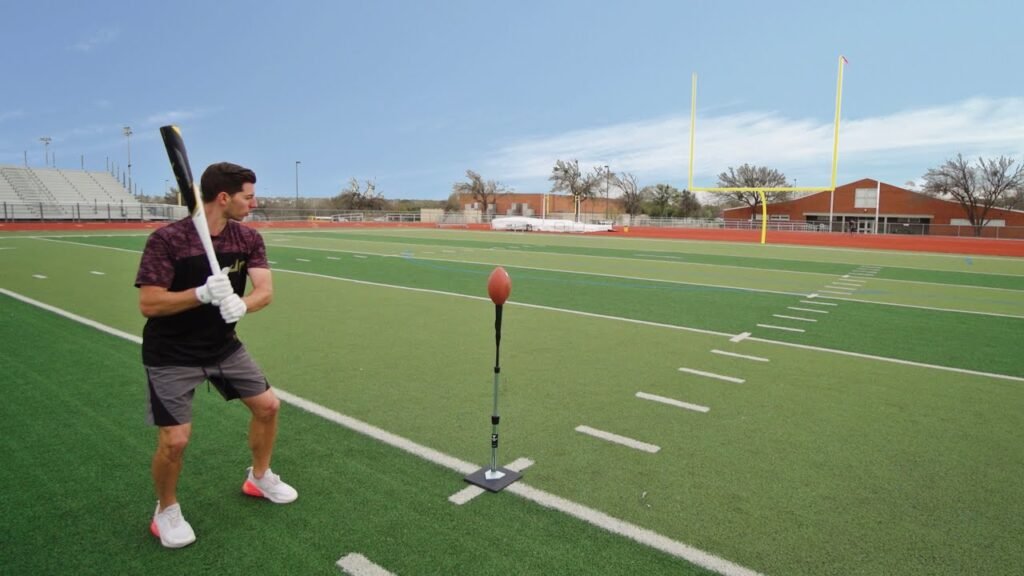When most people think of a picnic, they picture blankets spread under trees, sandwiches packed in coolers, and families sharing stories in the sun. Now add in a bat, a ball, and a few bases. Suddenly, the picnic turns into something more than just food and chatter—it becomes picnic baseball a laid-back, laughter-filled way to bring everyone together.
Unlike formal baseball, picnic baseball isn’t about strict rules or serious competition. It’s about blending the joy of eating outdoors with the simple fun of hitting and running. Whether you’re hosting a family reunion, a company outing, or just a sunny-day gathering, picnic baseball turns any open field into a field of memories.
Why Picnic Baseball Works So Well
- Everyone can join in. Picnic baseball doesn’t need pro-level players. Kids, parents, and even grandparents can swing a bat or chase a ball.
- Minimal gear needed. All you really need is a ball and a bat. Bases can be improvised with paper plates, bags, or even shoes.
- Casual rules. You don’t need nine innings, umpires, or scorecards. The game can be as short or long as the crowd wants.
- Built-in energy burner. After plates of potato salad and barbecue, running the bases is the perfect way to shake off food coma.
How to Set Up a Picnic Baseball Game
- Find a safe, open space. A park, schoolyard, or backyard big enough to run a few bases works. Avoid areas with too many trees or uneven ground.
- Mark your bases. Use anything handy—blankets, frisbees, or coolers. Space them close enough that younger players won’t struggle to run between them.
- Pick teams casually. Count off players or split families down the middle. No need to overthink it.
- Set ground rules. Maybe everyone gets three pitches, or maybe the batter can keep swinging until they hit. The rules should be easy and fun for all.
- Mix in breaks. Stop for snacks, water, or even a group photo. Remember, it’s a picnic first, a baseball game second.
Tips for Making It Fun
- Use softer balls. A tennis ball or foam ball keeps the game safe for little ones and prevents broken windows or bruises.
- Rotate players often. Make sure no one sits out too long. Everyone should get a chance to hit and run.
- Keep score optional. Some groups love the friendly competition, while others just enjoy the motion. Decide what fits your crowd.
- Add music. A portable speaker with upbeat songs adds energy between innings.
- Blend in picnic traditions. Try “winner picks dessert” or “losing team packs up the blankets.”
Why Families and Groups Love Picnic Baseball
The magic of picnic baseball is that it creates shared memories without pressure. Kids will remember chasing a fly ball with their cousins. Adults will laugh about striking out with a plastic bat. Grandparents will cheer from lawn chairs. It’s not just a game—it’s a bonding ritual.
For work outings, picnic baseball breaks the ice between colleagues. The manager might be pitching while the intern swings for the fences. Hierarchy fades away, replaced by high-fives and playful banter.
At the end of the day, picnic baseball proves that sometimes the simplest activities create the best moments.
Picnic Baseball FAQs
Q: What equipment do I need for picnic baseball?
A: At minimum, a ball and a bat. Optional extras include bases (any object works), gloves (if using a harder ball), and a speaker for music.
Q: How many players are needed?
A: You can play with as few as four people (two per team) or as many as 20+. The game scales easily—just adjust field size and batting order.
Q: What’s the difference between picnic baseball and regular baseball?
A: Picnic baseball is informal. It skips strict rules, umpires, and nine innings. It focuses on fun, inclusivity, and flexibility.
Q: Can young kids play safely?
A: Yes. Just use a softer ball and shorter distances between bases. Kids love being part of the action, even if they only manage short hits.
Q: How long should a picnic baseball game last?
A: There’s no set time. Some games last 20 minutes, others go on for an hour. You can pause anytime for food or wrap up when players are ready to relax.
Q: Do we need to keep score?
A: Not at all. Some groups enjoy tracking runs, others just play until everyone’s had a turn at bat.
Q: Where’s the best place to play?
A: Public parks, open fields, or even a large backyard. Just make sure there’s room to run safely.
Q: What if someone doesn’t want to play?
A: No problem—spectators are part of the fun. They can cheer, take photos, or simply enjoy the picnic atmosphere.
Final Word
Picnic baseball is proof that you don’t need fancy gear or official fields to make lasting memories. All it takes is a bat, a ball, a blanket, and a group of people ready to laugh. It’s the sweet spot where outdoor dining meets America’s favorite pastime—laid-back, inclusive, and unforgettable.
So next time you pack the sandwiches and drinks, throw in a bat and ball. You’ll discover that the best picnic games don’t just feed your stomach—they feed your spirit.


